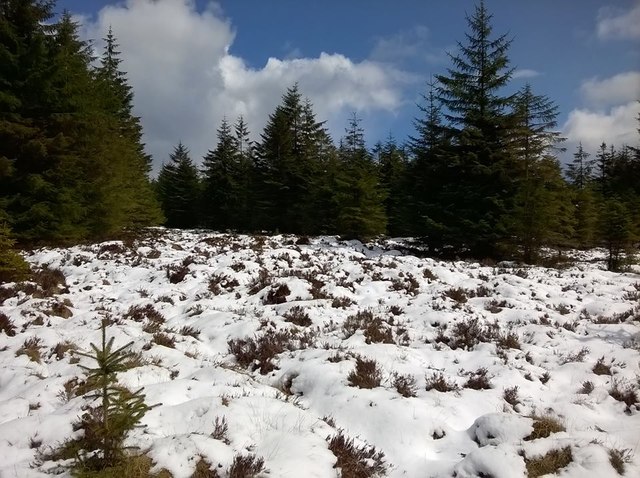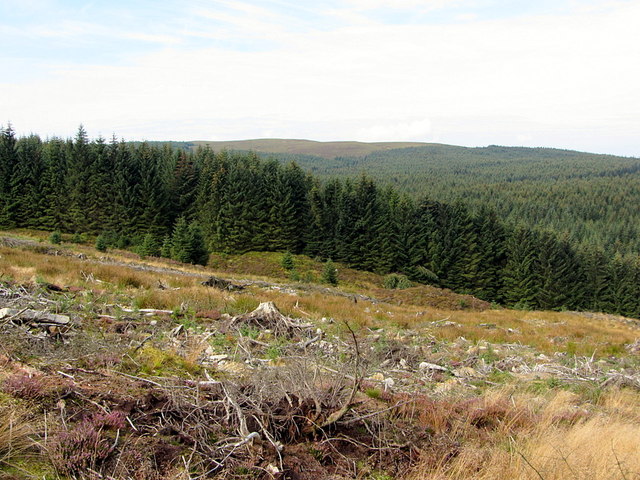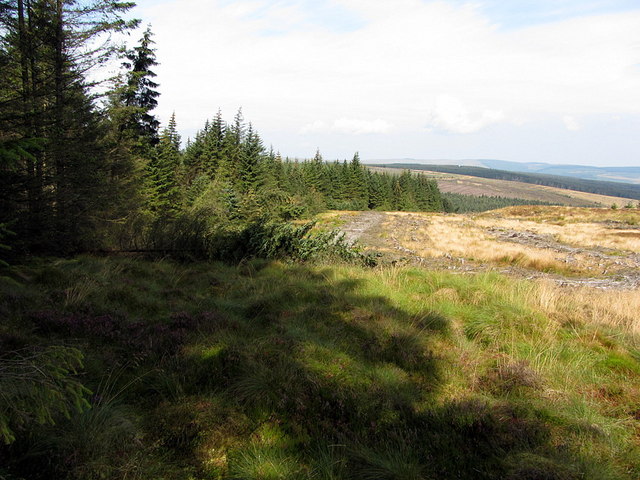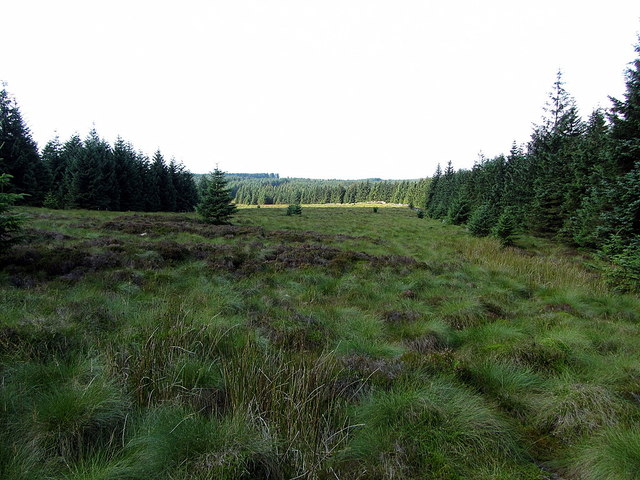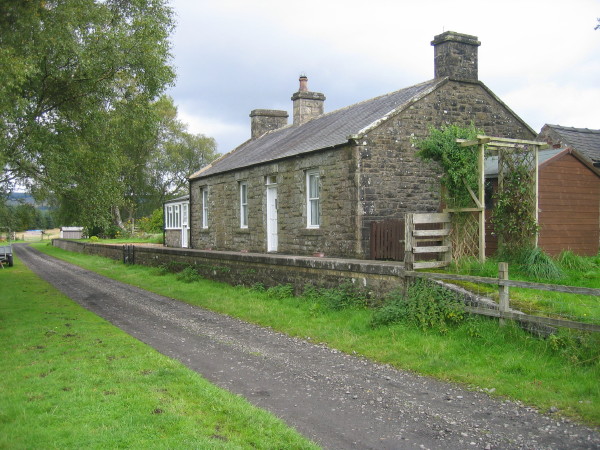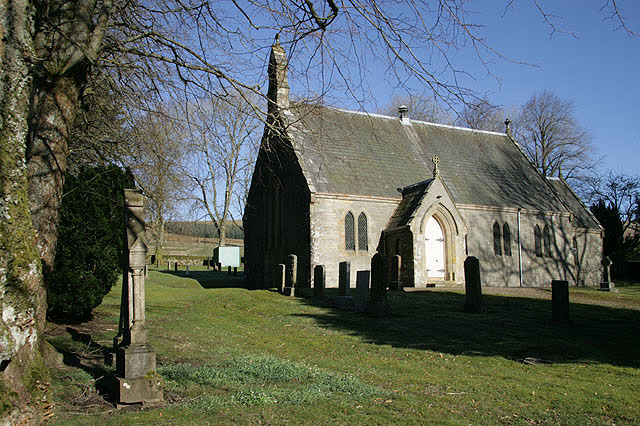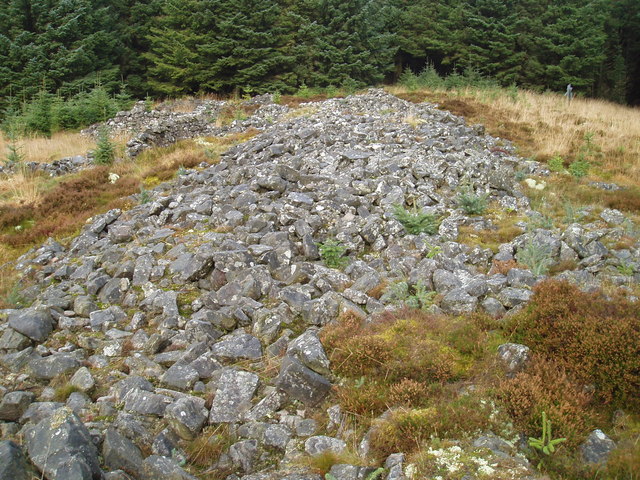Black Crane Cleuch
Valley in Roxburghshire
Scotland
Black Crane Cleuch
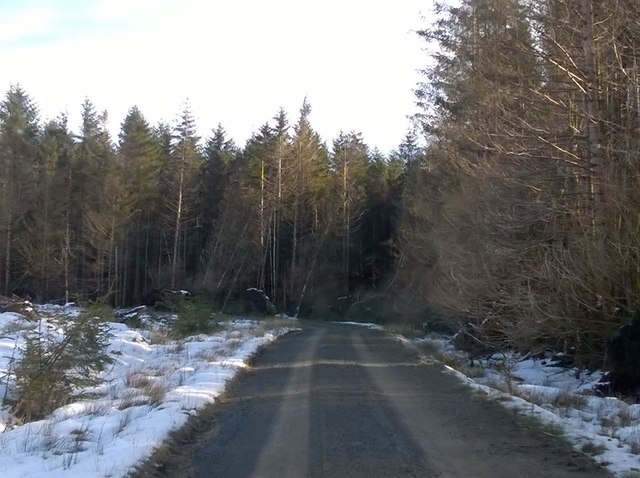
Black Crane Cleuch is a picturesque valley located in Roxburghshire, Scotland. Situated in the southern part of the country, it is known for its natural beauty and tranquility. The valley stretches for approximately 5 miles, with the Black Crane River flowing through its heart.
The landscape of Black Crane Cleuch is characterized by rolling hills, lush green meadows, and dense woodlands, creating a haven for wildlife and nature enthusiasts. The valley is home to a diverse range of flora and fauna, including various species of birds, mammals, and plants.
The river that runs through the valley, the Black Crane River, is a tributary of the River Teviot. It adds to the charm of the area, with its crystal-clear waters and gentle flow. The river is also a popular spot for fishing, particularly for salmon and trout.
The valley offers numerous walking and hiking trails, allowing visitors to explore its scenic beauty. These trails provide stunning views of the surrounding countryside, including the nearby Cheviot Hills. It is not uncommon to encounter sheep grazing peacefully in the meadows, adding to the idyllic ambiance of the area.
Black Crane Cleuch is a peaceful retreat, perfect for those seeking serenity and a connection with nature. Its unspoiled landscape and tranquil atmosphere make it an ideal destination for outdoor activities such as picnicking, photography, or simply enjoying a leisurely stroll.
In conclusion, Black Crane Cleuch is a hidden gem in Roxburghshire, Scotland, offering a slice of untouched natural beauty. With its stunning landscapes, abundant wildlife, and peaceful ambiance, it is a paradise for nature lovers and a must-visit destination for those seeking a tranquil escape.
If you have any feedback on the listing, please let us know in the comments section below.
Black Crane Cleuch Images
Images are sourced within 2km of 55.227976/-2.6474181 or Grid Reference NY5892. Thanks to Geograph Open Source API. All images are credited.

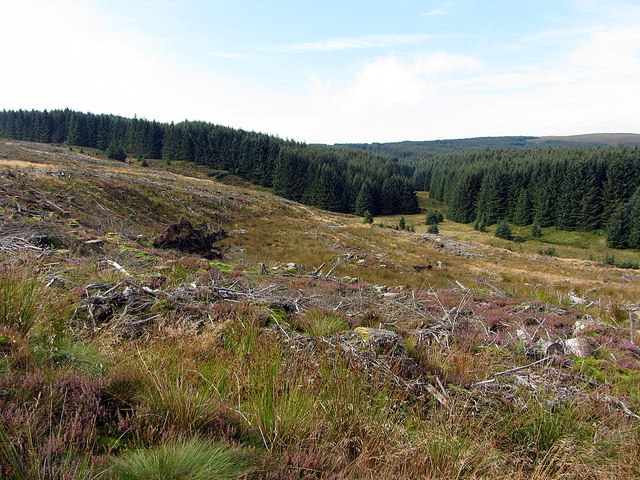
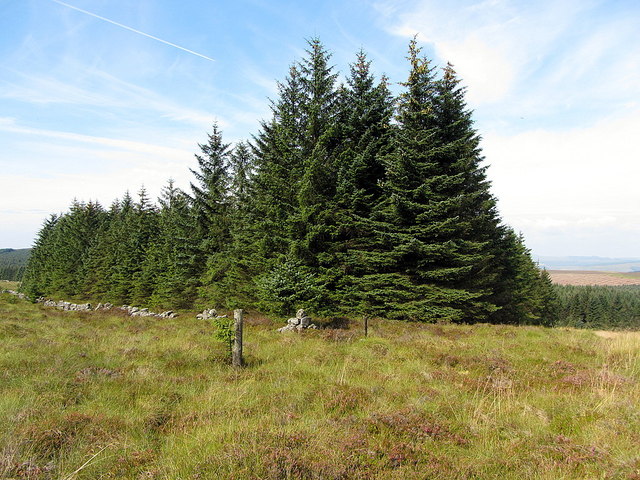
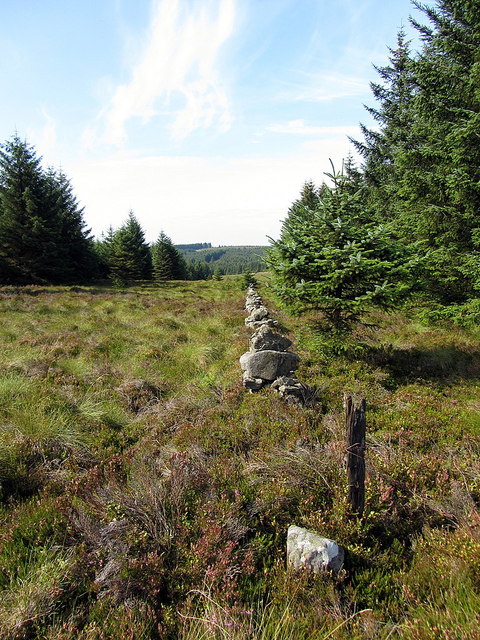
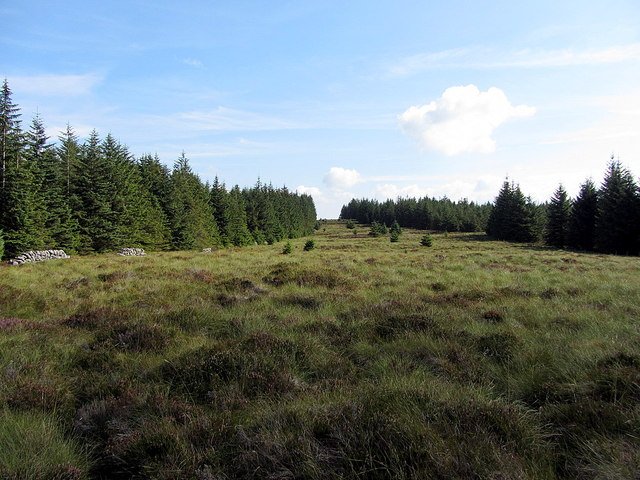
Black Crane Cleuch is located at Grid Ref: NY5892 (Lat: 55.227976, Lng: -2.6474181)
Unitary Authority: The Scottish Borders
Police Authority: The Lothians and Scottish Borders
What 3 Words
///storeroom.curries.chatting. Near Teviothead, Scottish Borders
Nearby Locations
Related Wikis
Kielder Forest Star Camp
The Kielder Forest Star Camp is an annual star party held each autumn and spring in Kielder Forest. The five night event is based on the Kielder Campsite...
Kielder railway station
Kielder railway station is a closed railway station that served the village hamlet of Kielder, Northumberland. == History == Kielder railway station was...
Deadwater, Northumberland
Deadwater is a small settlement in Northumberland, England, about 3 miles (5 km) north west of Kielder, Northumberland, on the English side of the border...
Kielder
Kielder is a small, remote village in western Northumberland, England. Located at the head of Kielder Water and in the north west of Kielder Forest, the...
Deadwater railway station
Deadwater railway station is a closed railway station situated on the border between England and Scotland at the head of the North Tyne River. The station...
Butteryhaugh
Butteryhaugh is a village in Northumberland, in England. It is situated a short distance to the south-east of Kielder. Although a separate "village" from...
Saughtree
Saughtree is a hamlet in the Scottish Borders at the junction of the B6357 and an unnamed road from Kielder village in Northumberland, England. It is at...
Devil's Lapful
Devil's Lapful is an archaeological site in Northumberland, England, in Kielder Forest about 0.8 miles (1.3 km) south-east of Kielder. The site, a Neolithic...
Nearby Amenities
Located within 500m of 55.227976,-2.6474181Have you been to Black Crane Cleuch?
Leave your review of Black Crane Cleuch below (or comments, questions and feedback).


